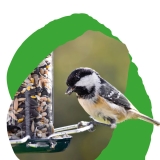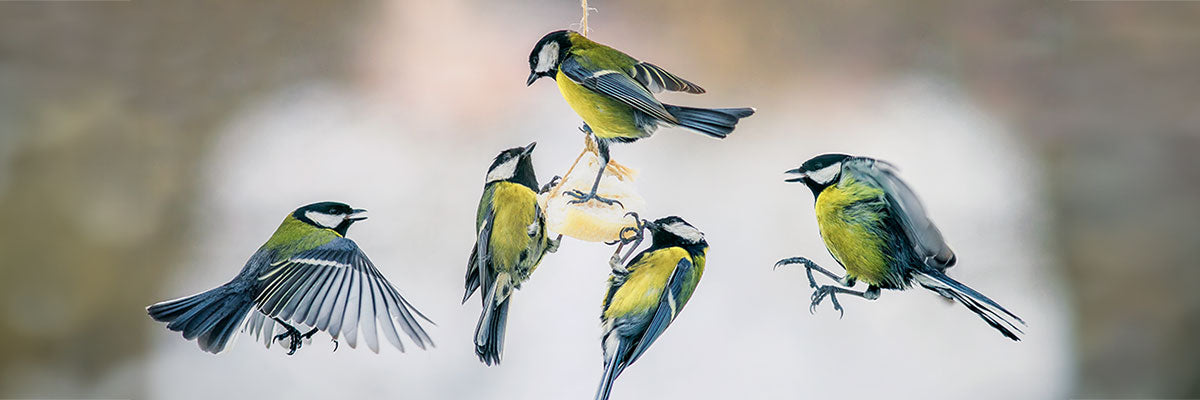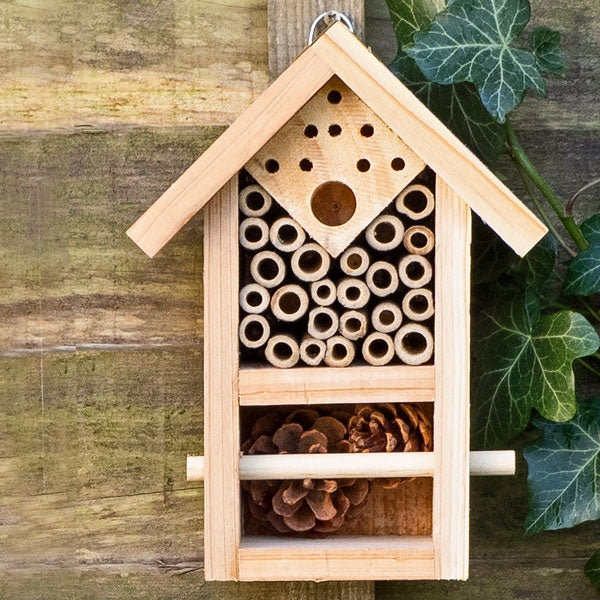Explore Our Garden Wildlife Blog
Browse or search by Category or Keyword below, alternatively click on any Tag to see related articles.
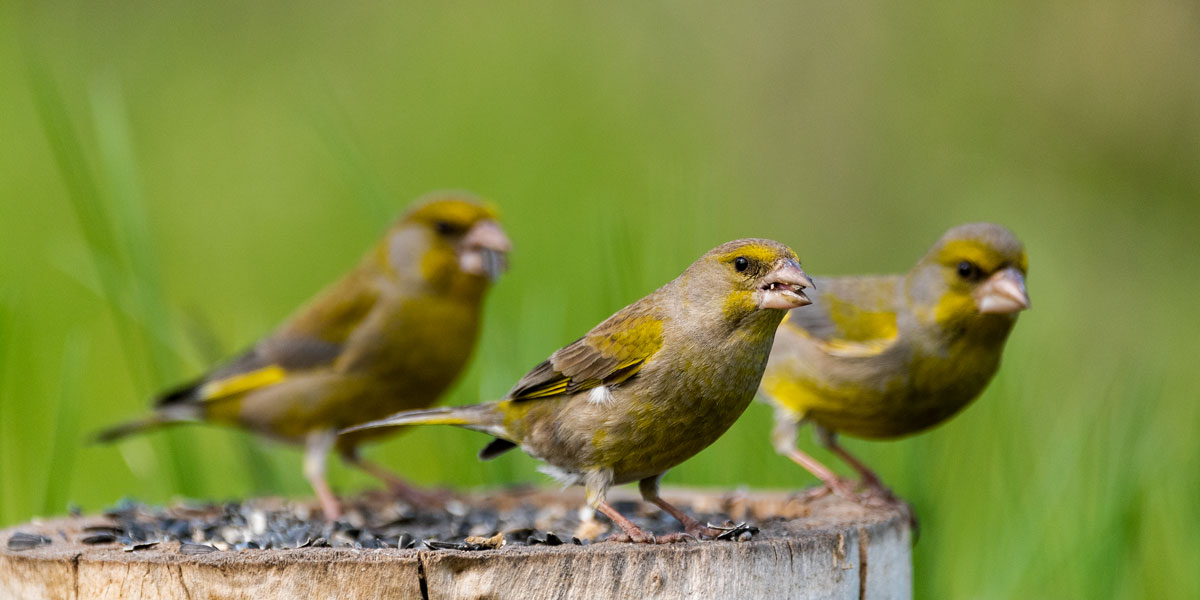

Why is birdwatching so important?
By British Trust for Ornithology
26th January 2023
This guest blog was written by Rob Jaques who is the Garden BirdWatch Supporter Development Officer at the British Trust for Ornithology, where he produces newsletters and articles about garden wildlife. He has a lifelong appreciation of natural history, with a particular interest in birds, reptiles and insects.
Many people will be turning their attention to their garden birds this weekend as the RSPB’s Big Garden Bird Watch draws closer when hundreds of thousands of people submit their counts of avian visitors. However, this is not the only survey interested in garden wildlife. The British Trust of Ornithology also asks people to log their bird sightings but asks its volunteers to do so every week (or as many weeks as possible!). This gives us enormous insight into how birds use gardens throughout the year.
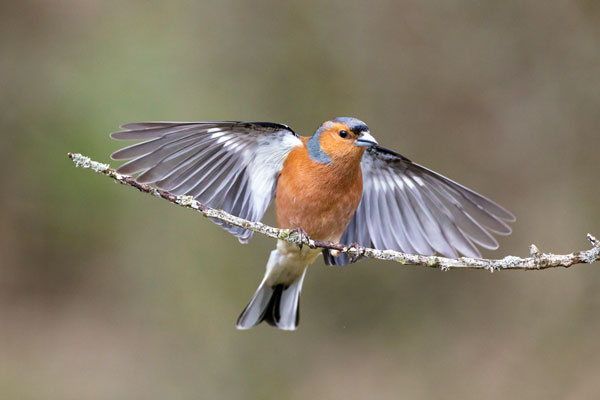

What BTO Garden BirdWatch has learnt
GBW has now been running for 28 years, beginning in January 1995. With records collected every week, the survey has gathered millions of records. We can also see when certain species are most likely to come into our gardens. Between January and April is often the busiest time. As wild food is scarce, with few insects on the wing and last year’s fruit and seed crops running dry, many birds will move into our gardens looking for food. This can mean counts of birds we see throughout the year begin to grow. Chaffinches and Blackbirds, for example, become more numerous at this of year. We also see birds which normally avoid gardens start to use them. This is certainly the case for buntings like Reed Bunting and Yellowhammer, who are rarely seen in gardens besides late winter and early spring.
With such a long-running set of data, we can see how the fortunes have changed for many birds. Some of these have been very positive. Goldfinch were previously a bird of open countryside, preferring to nest in scrub and hedgerows. Even as recently as the 1980s, we saw incredibly few Goldfinches entering gardens. They are now in the top ten of garden birds, not only feeding but nesting in our gardens. Woodpigeons, while not quite as unusual in gardens at the start of the survey, have gone on to become one of our most common birds. Seeing these improvements have allowed us to make informed decisions about research to understand why these changes have happened.
Sadly, not all birds have been so fortunate. Chaffinch, Greenfinch and Collared Dove have declined massively. This is due to a disease called Trichomonosis, which affects the throats of birds and is spread via contaminated food at bird tables. Greenfinch have been particularly badly affected. In 1995, 80% of gardens reported Greenfinch in April, counting an average of 5 birds. In the April of 2022, only 39% of gardens saw a Greenfinch, counting an average of 1 bird. As we have learnt more about this decline, we have been able to advise those who feed garden birds to practice regular hygiene, to help halt the spread of this disease.
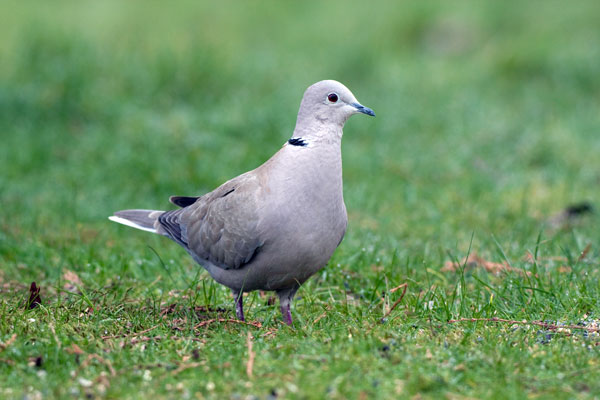

It’s not just about birds
It isn’t only birds we ask people to record. Mammals, reptiles, amphibians and a select range of invertebrates are all counted by diligent Garden BirdWatchers. These have given us a fascinating insight into the changing habits of garden wildlife. In the last twenty years, we have seen the percentage of gardens reporting Hedgehogs in winter rise, likely the result of warmer winters and people feeding Hedgehogs.
We have also seen Holly Blue, a charming pale blue butterfly, rise in fortune. Thanks to weekly records, we can see them respond to changes quickly. For example, the wet spring of 2021 saw nearly no Holly Blues, while the hot, dry spring in the previous year had record-breaking numbers.
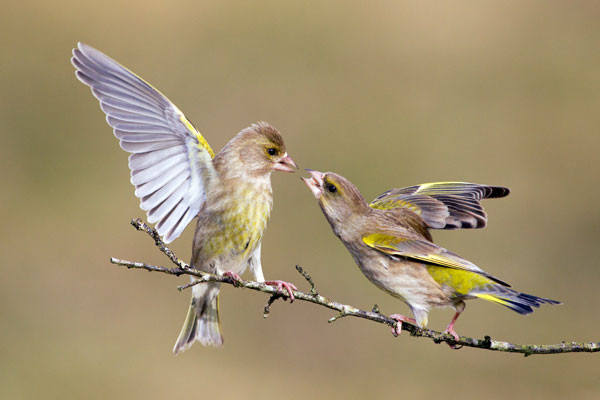

Why you should take part
While we have got amazing data from our participant’s gardens, we need more people to take part. Some areas of the country are poorly covered, particularly Scotland and south-west England. We also have fewer gardens taking part in city centres. These, and all other gardens, are vital for making sure we have an as accurate picture of garden wildlife as possible.
Joining is as simply as visiting our website and signing up! (www.bto.org/gbw) Participants receive a weekly newsletter, keeping them updated about the latest trends we have seen emerge from gardens and tips for attracting more wildlife to our gardens.







